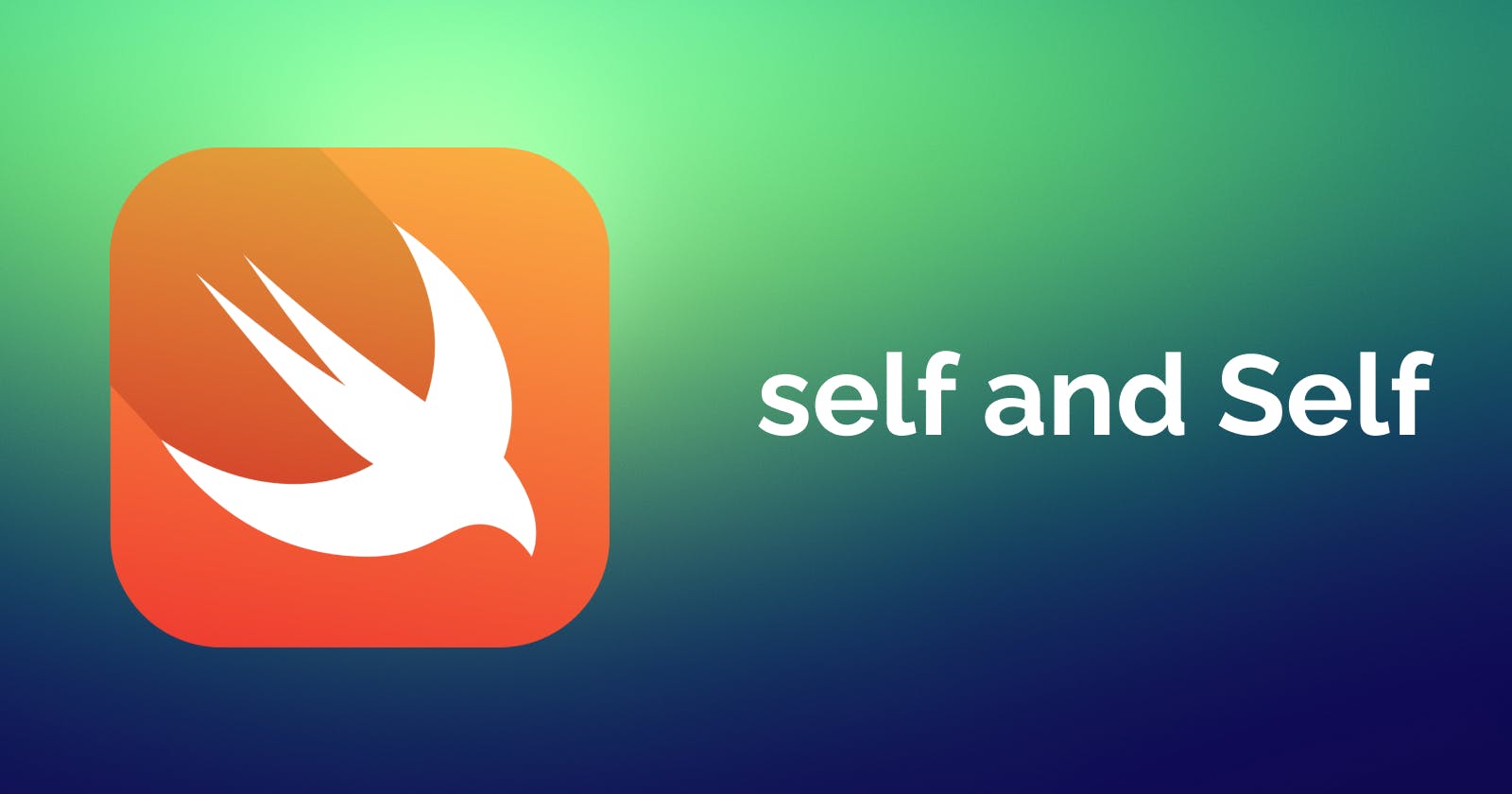As with any programming language, Swift has its own set of rules and conventions that developers must follow to write efficient and effective code. One area where Swift can be particularly confusing is in the use of the "self" and "Self" keywords. In this blog post, I will discuss the difference between "self" and "Self" in Swift and provide some code samples to illustrate their usage.
Firstly, let's look at "self"
In Swift, "self" (lowercase "s") refers to the current instance of a class or structure. It is used to refer to properties and methods of the current instance. For example, consider the following code:
class MyClass {
var name: String = "John"
func printName() {
print("My name is \(self.name)")
}
}
let myClassInstance = MyClass()
myClassInstance.printName() // Output: "My name is John"
In this example, "self" is used to refer to the "name" property of the current instance of "MyClass". Note that "self" is not always required in Swift, as the language can often infer the context in which a variable or method is being used.
Next, let's look at "Self"
In Swift, "Self" (capital "S") refers to the type of the current instance. It is used primarily in protocols to refer to the type that conforms to the protocol. For example, consider the following code:
protocol MyProtocol {
static func create() -> Self
}
class MyClass: MyProtocol {
required init() {}
static func create() -> Self {
return self.init()
}
}
let myClassInstance = MyClass.create()
In this example, "Self" is used to refer to the type that conforms to the "MyProtocol" protocol. In the "create()" method of the "MyClass" class, "Self" is used to indicate that the method returns an instance of the same type as the current instance. This is useful when you want to create new instances of a class or struct, but you don't know the exact type of the instance at compile time.
In summary, "self" (lowercase "s") refers to the current instance of a class or structure, while "Self" (capital "S") refers to the type of the current instance. "self" is used to refer to properties and methods of the current instance, while "Self" is used primarily in protocols to refer to the type that conforms to the protocol.
Understanding the difference between "self" and "Self" is an important part of writing effective Swift code. By using these keywords correctly, you can write code that is efficient, maintainable, and easy to read.
